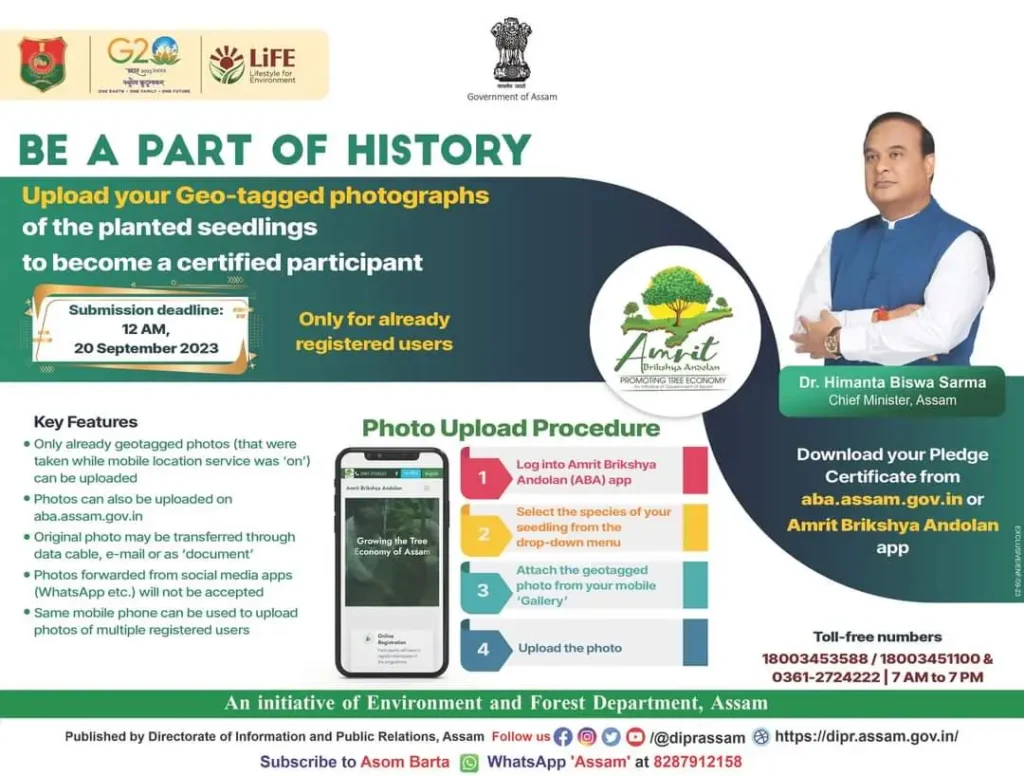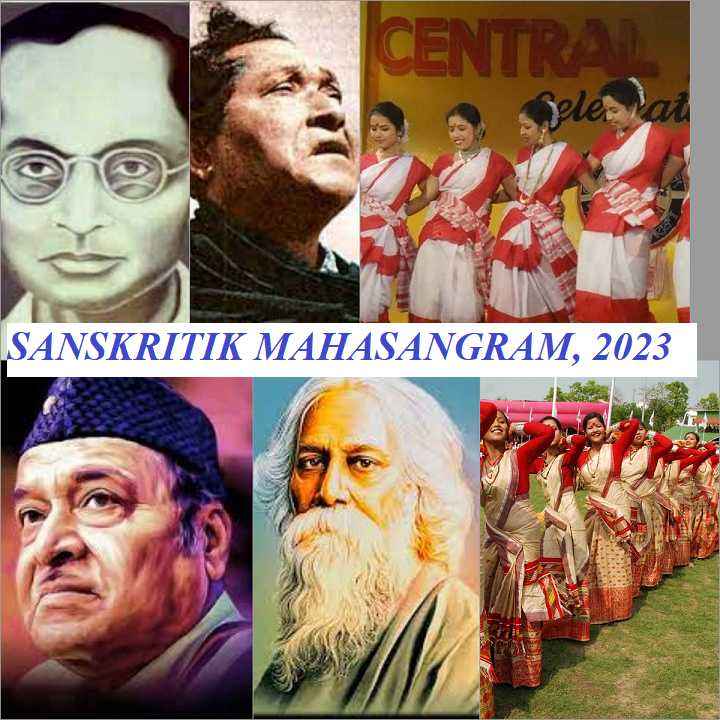In order to mark the day of Chandrayaan Mission-3.0 landing on the Moon’s South Pole, Prime Minister of India Shri Narendra Modi has declared 23rd of August as National Space Day. PM Modi while addressing the Team at Indian Space Research Organisation (ISRO) for their remarkable achievement for the success of Chandrayaan Mission 3.0 at ISRO Telemetry Tracking & Command Network Mission Control Complex in Bengaluru had congratulated the Space heroes of ISRO for achieving the milestone by landing in the South Pole of the Moon which was a dream for human civilisation. This mission will not only help India but also the whole space fraternity to gain knowledge for further exploration of the Moon.

Table of Contents
Major Announcements Made by PM at ISRO:
- The National Space Day will be observed on 23rd of August.
- The point where the Vikram Lander of Chandrayaan 3.0 has landed will be named as SHIV-SHAKTI point.
- The point where the Chandrayaan 2.0 has landed will be known as TIRANGA point.
- ISRO to organise a national hackathon on use of Space technology in Governance in association with the Ministries of Govt of India and State Goverments.
- My Gov.in will organise a mega quiz event on Chandrayaan Mission from 1st of Sept.
A brief about Chandrayaan Mission 3.0:
Chandrayaan-3 is a follow-on mission to Chandrayaan-2 which was launched on 14th July 2023 from ISRO’s launch station at Sriharikota. It consists of Lander and Rover configuration. The propulsion module will carry the lander and rover configuration till 100 km lunar orbit. The propulsion module has Spectro-polarimetry of Habitable Planet Earth (SHAPE) payload to study the spectral and Polari metric measurements of Earth from the lunar orbit.The mission objectives of Chandrayaan-3 is to demonstrate Safe and Soft Landing on Lunar Surface, demonstrate Rover roving on the moon and conduct in-situ scientific experiments.
Technical Specification of Chandrayaan 3.0
| Sl No. | Parameter | Specifications |
| 1. | Mission Life (Lander & Rover) | One lunar day (~14 Earth days) |
| 2. | Landing Site (Prime) | 4 km x 2.4 km 69.367621 S, 32.348126 E |
| 3. | Science Payloads | Lander: Radio Anatomy of Moon Bound Hypersensitive ionosphere and Atmosphere (RAMBHA) Chandra’s Surface Thermo physical Experiment (ChaSTE) Instrument for Lunar Seismic Activity (ILSA) Laser Retroreflector Array (LRA) Rover: Alpha Particle X-Ray Spectrometer (APXS) Laser Induced Breakdown Spectroscope (LIBS) Propulsion Module: Spectro-polarimetry of HAbitable Planet Earth (SHAPE) |
| 4. | Two Module Configuration | Propulsion Module (Carries Lander from launch injection to Lunar orbit) Lander Module (Rover is accommodated inside the Lander) |
| 5. | Mass | Propulsion Module: 2148 kg Lander Module: 1752 kg including Rover of 26 kg Total: 3900 kg |
| 6. | Power generation | Propulsion Module: 758 W Lander Module: 738W, WS with Bias Rover: 50W |
| 7. | Communication | Propulsion Module: Communicates with IDSN Lander Module: Communicates with IDSN and Rover. Chandrayaan-2 Orbiter is also planned for contingency link. Rover: Communicates only with Lander. |
| 8. | Lander Sensors | Laser Inertial Referencing and Accelerometer Package (LIRAP) Ka-Band Altimeter (KaRA) Lander Position Detection Camera (LPDC) LHDAC (Lander Hazard Detection & Avoidance Camera) Laser Altimeter (LASA) Laser Doppler Velocimeter (LDV) Lander Horizontal Velocity Camera (LHVC) Micro Star sensor Inclinometer & Touchdown sensors |
| 9. | Lander Actuators | Reaction wheels – 4 nos (10 Nms & 0.1 Nm) |
| 10. | Lander Propulsion System | Bi-Propellant Propulsion System (MMH + MON3), 4 nos. of 800 N Throttleable engines & 8 nos. of 58 N; Throttleable Engine Control Electronics |
| 11. | Lander Mechanisms | Lander leg Rover Ramp (Primary & Secondary) Rover ILSA, Rambha & Chaste Payloads Umbilical connector Protection Mechanism, X- Band Antenna |
| 12. | Lander Touchdown specifications | Vertical velocity: ≤ 2 m / sec Horizontal velocity: ≤ 0.5 m / sec Slope: ≤ 12 deg |
Frequently Asked Questions (FAQs):
When was Chandrayaan-3 landed on moon?
Chandrayaan-3 landed on moon on 23rd Aug 2023
How was Chandrayaan-3 launched?
Chandrayaan-3 launched by using LVM3 M4 vehicle
Which fuel is used Chandrayaan-3?
Chandrayaan-3 used Solid fuel in the first stage and liquid hydrogen and liquid oxygen in the latter stages
Who is the head of Chandrayaan -3?
P Veeramuthuvel is the project director of the Chandrayaan Mission-3.0
You may also read:




Pingback: E-Pramaan 2023: A one roof stop for national e- authentication of services, registration link, all details - WisdomJuncture